Step Back 5000 Years in Time
Step Back 5000 Years in Time
Fall 2017 Student, Erik Finley explores the tombs
of Newgrange and Knowth – and the anciety history buried there.
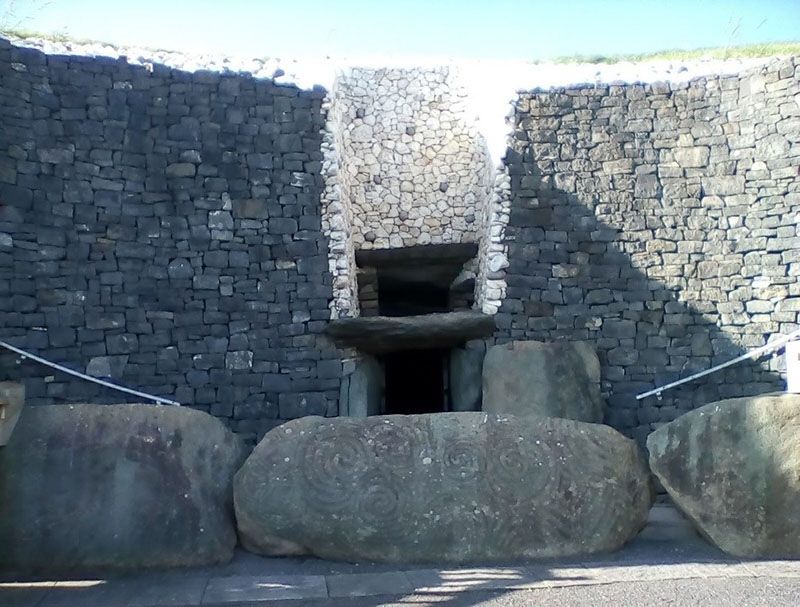
Over the past weekend some friends and I had the amazing opportunity to visit Brú na Bóinne, a historical site in Meath, Ireland which is home to many different Neolithic structures and ruins. Among these henges, mounds, ruins, and temples are the Knowth and Newgrange tombs. These tombs were of particular priority to me based on the simple fact that they are estimated to have been created 5000 years ago. That is 1000 years older than Stonehenge and 500 years older than The Pyramids of Giza.
Knowth Tomb Our first stop in Brú na Bóinne was the Stone Age passage tomb, Knowth, but before we made it even that far, there was some stunning countryside that we discovered.
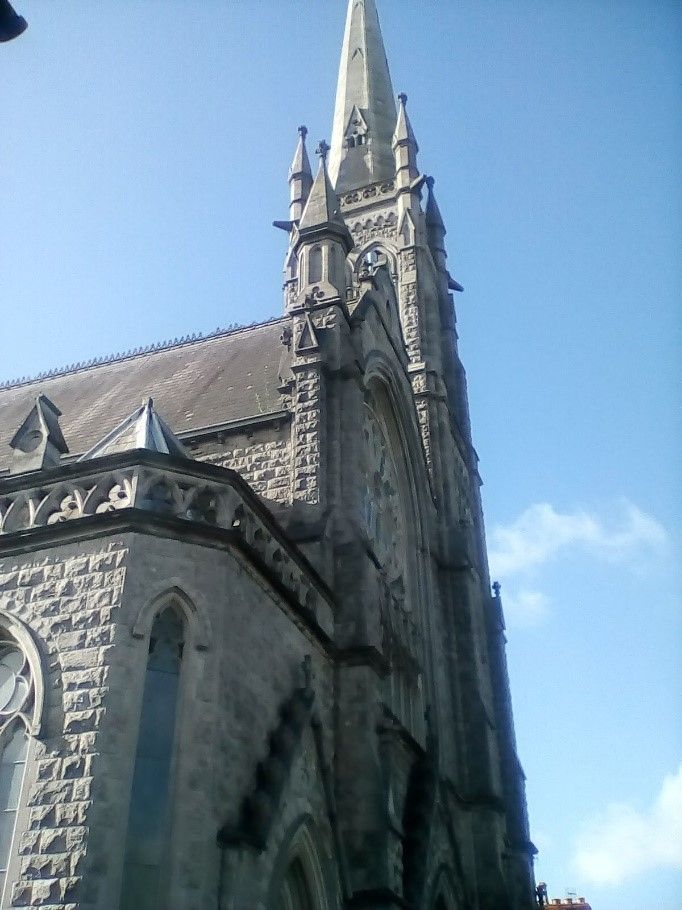
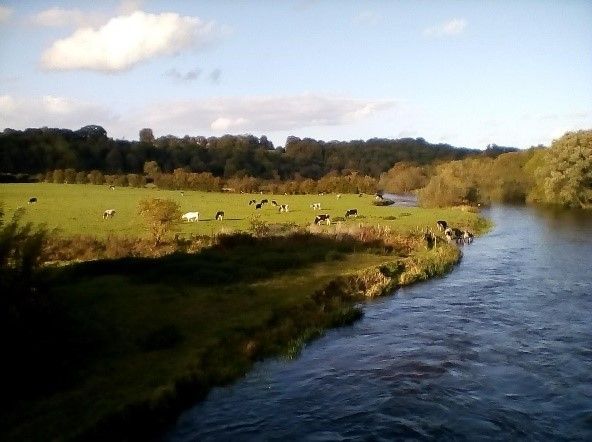
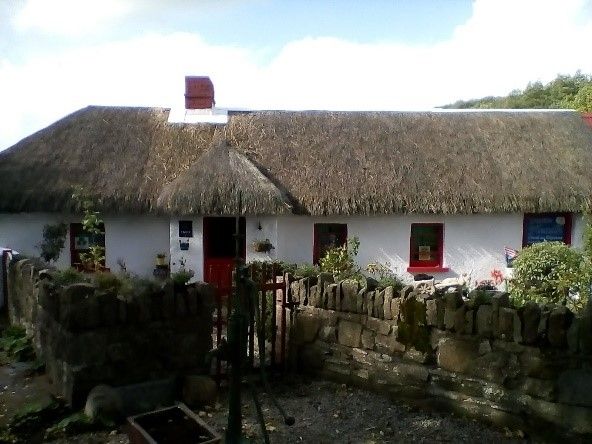
When did arrive at the tomb, what we found seemed surreal, but not quite what I would expect a temple to look like. In the center of the clearing was one, giant mound of earth covered by grass. Surrounding it were several smaller mounds of dirt covered in grass.
These mounds were called “satellite tombs” because of how they were laid out in orbit around the central tomb. Our tour guide informed us that the central tomb is thought to have been used as a passage tomb. That is to say, the ashes of civilizations were placed in the tomb first thing after death but only temporarily. After a certain amount of time, ashes would be gathered from the central tomb and deposited in the surrounding satellite tombs to remain permanently.
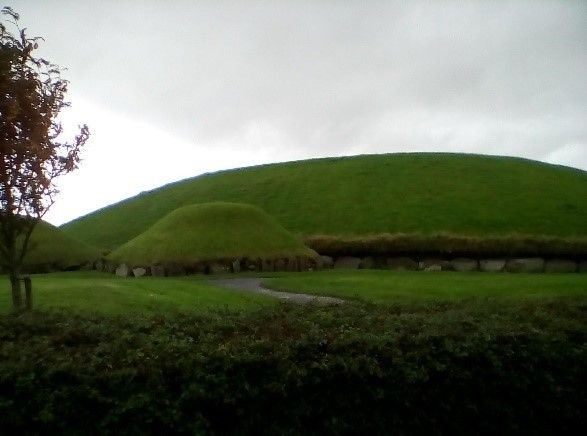
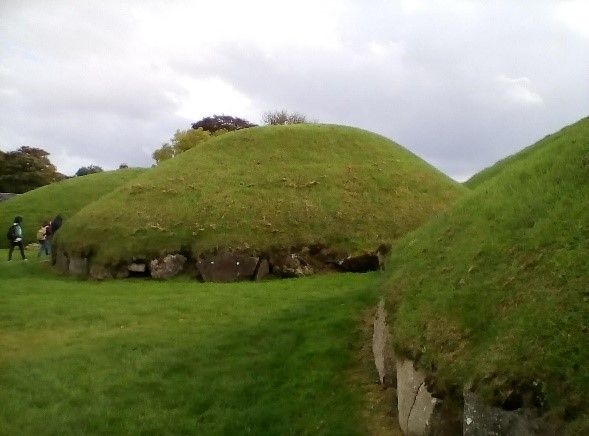
Getting closer, artwork on the side of rocks at the base of the largest tomb became visible. We were later told that two-thirds of all known Neolithic (Stone Age) artwork in the entire world resides in Brú na Bóinne! The other really interesting thing about these goliath masterpieces is that the particular type of stone used by artisans so many years ago cannot be found in the surrounding area for hundreds of kilometers. Historians believe that the stones were shipped down the coastline and up rivers leading to Brú na Bóinne on large rafts and from there, rolled over the land and up the hills using logs.
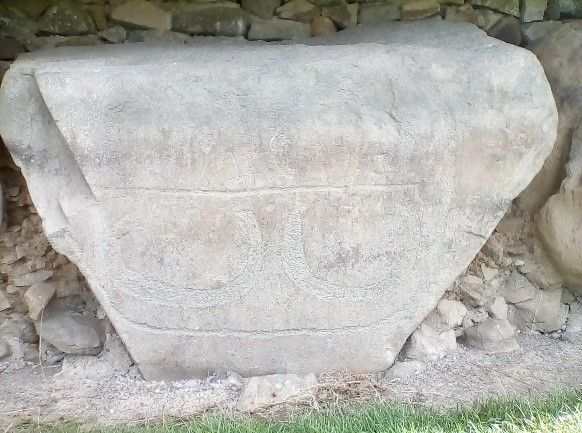
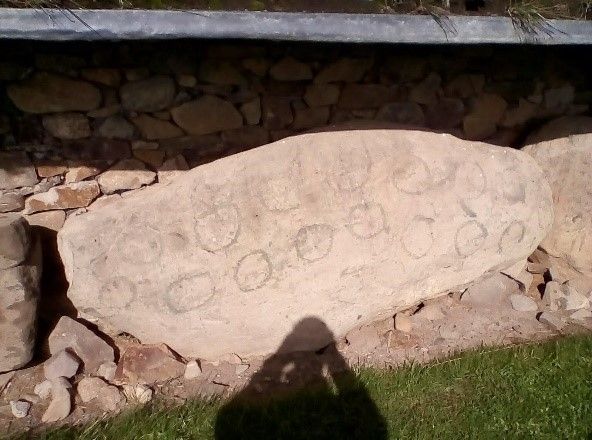
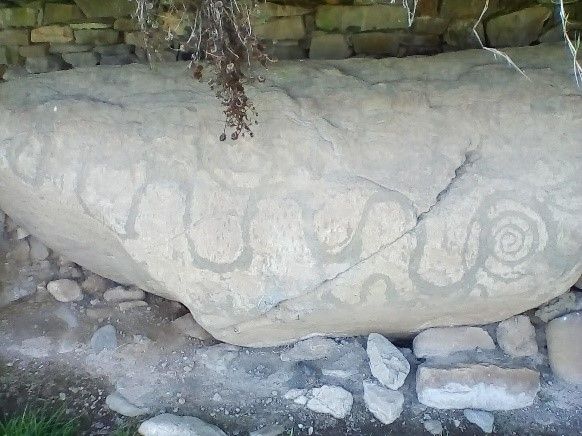
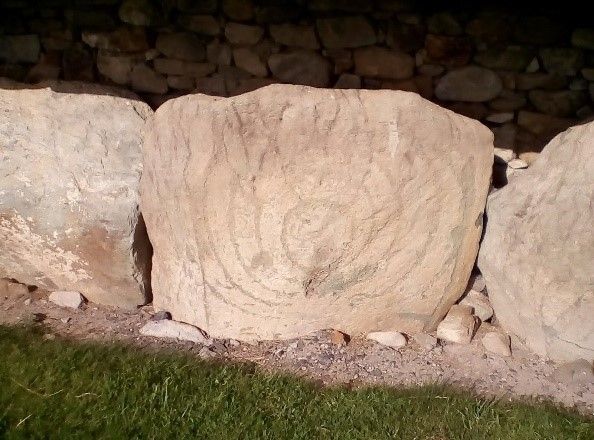
Inside the tomb are many small tunnels. The original tunnels lead to the two main chambers, used as portals to the afterlife. However, more tunnels were dug throughout the millennia by inhabitants of the mound in the Iron Age, the Early Christian Era, and the Norman Era.
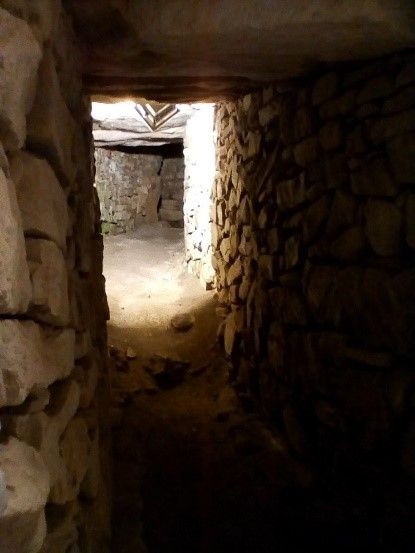
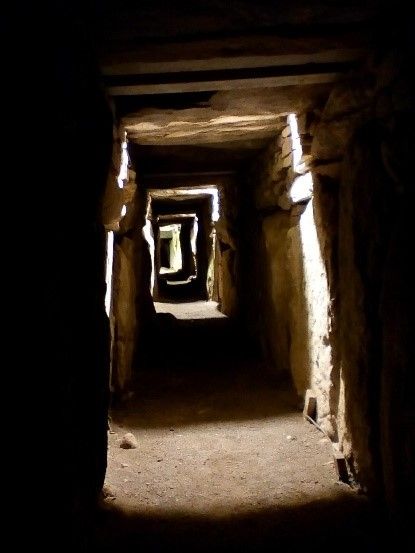
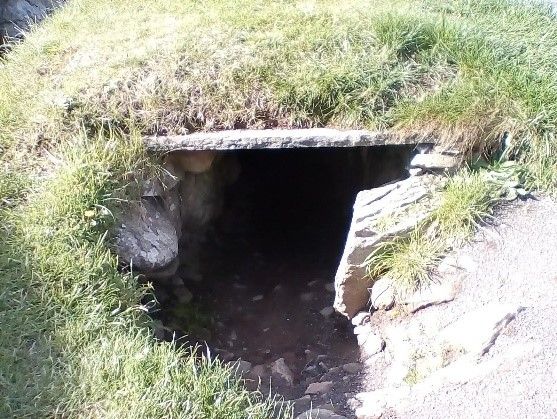
The first two pictures of tunnels located above are tunnels built by the Neolithics leading to and from the central chamber. The picture on the far right is an escape tunnel, dug in the Early Christian Era for monks to hide in during Viking raids. There were many other clues that the Neolithics were not the only inhabitants of Knowth. Pictured below on the left is a Iron Age cooler, which can be assumed was used for keeping food fresh. In the center is the remains of a Early Christian Era keyhole oven used to make bread. On the right is the foundation of a Norman house.
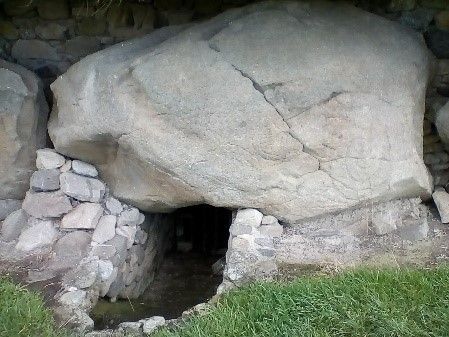
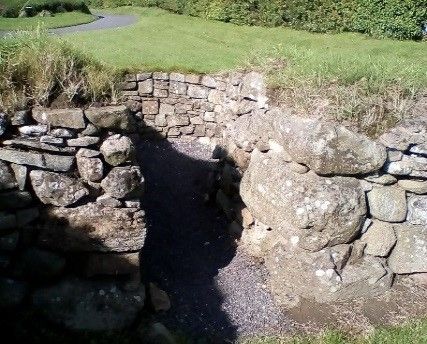
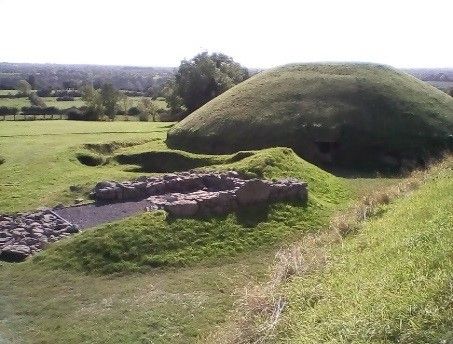
Our tour of Knowth ended with the opportunity to walk up the stairs on the backside of the tomb and look out across the beautiful Irish horizon.
Erik’s trip to Newgrange and Knowth will be continued in our next blog post, stay tuned!
Related Posts

EAT, DRINK, EXPLORE: DUBLIN
BEST FOOD TO EAT IN DUBLIN A Full Irish is no joke. When you’ve got a long day ahead of you, start the day with a Full Irish and you’ll... keep reading

Ireland Traditions and Culture You Should Know
Known for its lush landscapes and rich history, The Emerald Isle offers a unique blend of Irish traditions in Ireland that captivate visitors and locals alike. From its ancient Gaelic... keep reading

What Does Craic Mean? Your Guide to Irish Slang
For those not from Ireland , the frequent use of “craic” by the Irish can be a little confusing. We get it. The concept can be a mix of a... keep reading